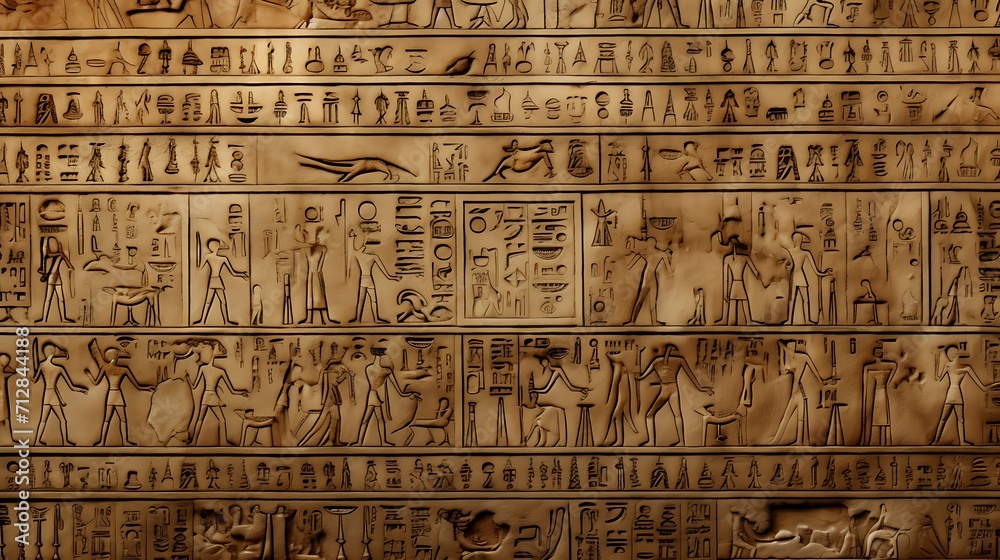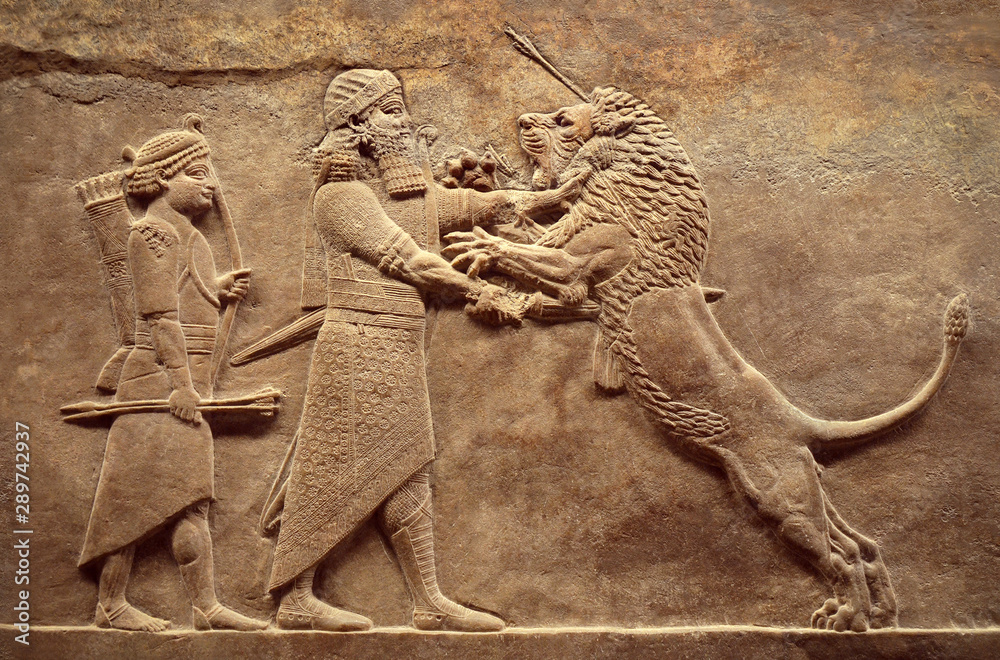Ancient Art: A Glimpse into Our Past
Ancient art refers to the creative works produced by early civilizations. These artworks give us a window into their cultures, beliefs, and daily lives. From the majestic pyramids of Egypt to the intricate pottery of Greece, ancient art tells stories of human expression. Each piece reflects the values and skills of the people who created it. This article will explore the significance of ancient art and its various forms across different cultures.
Art has always played a crucial role in human society. It is not just about beauty; it communicates ideas and emotions. Ancient art was often tied to religion, nature, and the human experience. The different styles and materials used by artists show how diverse and rich human creativity can be. Understanding ancient art helps us appreciate our history and the foundations of modern art.
The Importance of Ancient Art
A Window to History
Ancient art is like a time machine that allows us to see how people lived long ago. The artifacts and artworks tell us about their customs, daily activities, and beliefs. For example, cave paintings found in places like Lascaux in France show us early humans engaging in hunting rituals. These paintings give us clues about their lives, fears, and aspirations.
Additionally, ancient art helps us understand the development of societies. As civilizations grew, so did their artistic expressions. The art of the ancient Egyptians, for example, reflects their strong beliefs in the afterlife. The grand temples and tombs they built were not only for worship but also to honor their pharaohs. By studying these works, we can learn about the values and priorities of those societies.
Cultural Significance
Art is an essential part of culture. It shapes our identity and gives us a sense of belonging. Ancient art is no different. Each piece is a reflection of the culture it comes from. For instance, the pottery of ancient Greece often depicted scenes from mythology and daily life. These artworks were not only functional but also served to tell stories and celebrate their gods.
Furthermore, ancient art connects us to our ancestors. It allows us to appreciate the creativity and skills of people from different cultures. By studying their art, we can find common themes and ideas that still resonate today. This connection fosters a sense of unity among diverse cultures, showing that while we may be different, we share similar human experiences.
Forms of Ancient Art

Painting and Sculpture
Painting and sculpture are two of the most well-known forms of ancient art. Many ancient cultures created beautiful paintings on walls and pottery. The frescoes of ancient Rome, for example, were vibrant and detailed, often depicting scenes from mythology or daily life. These paintings give us insight into the colors, styles, and themes that were popular at the time.
Sculpture, on the other hand, often focused on the human form. Ancient Greeks were famous for their realistic statues. They captured the beauty and grace of the human body in marble and bronze. Statues of gods, athletes, and important figures were created to honor and celebrate them. These sculptures remain some of the most admired artworks today, showcasing the skill and artistry of ancient craftsmen.
Architecture
Architecture is another significant aspect of ancient. The structures built by ancient civilizations are awe-inspiring. The pyramids of Egypt are perhaps the most iconic example. Built as tombs for pharaohs, they demonstrate advanced engineering and architectural skills. Their massive size and precise alignment with the stars reflect the Egyptians’ deep understanding of mathematics and astronomy.
Similarly, the Colosseum in Rome is a testament to ancient Roman architecture. It was designed for entertainment, hosting gladiatorial games and public spectacles. The grandeur of these buildings not only served practical purposes but also expressed the power and values of the civilizations that built them.
Pottery and Textiles
Pottery is another fascinating form of art. Early humans created pottery for storage, cooking, and decoration. Each culture developed its own styles and techniques. For example, the intricate designs found on ancient Greek pottery often tell stories from mythology. These pieces are highly valued for their artistic quality and historical significance.
Textiles also played a vital role in ancient art. Many civilizations produced beautiful fabrics and garments. Ancient Egyptians were known for their linen, while the Chinese developed silk weaving techniques. Textiles often featured elaborate patterns and colors, reflecting the culture’s aesthetics and beliefs.
Preservation and Study of Ancient Art

Archaeological Discoveries
Archaeology plays a crucial role in uncoveringart. Archaeologists dig sites where ancient civilizations once thrived, searching for artifacts, paintings, and sculptures. These discoveries provide valuable information about past cultures and their artistic expressions. For instance, the excavation of Pompeii revealed well-preserved frescoes and mosaics that showcase the daily life and art of ancient Romans.
Preserving these artworks is essential for future generations. Museums around the world dedicate resources to protect and display ancient art. Through careful restoration and conservation, these pieces can be enjoyed and studied by people today.
Education and Appreciation
Educating people about ancient is vital for fostering appreciation and understanding. Many schools include art history in their curriculum, teaching students about different cultures and their contributions to art. Museums also offer workshops and programs to engage the public. By learning about ancient art, we can better appreciate its significance and relevance in our modern world.
Art classes encourage students to explore their creativity, inspired by the works of ancient artists. This connection to the past can help ignite a passion for art in young minds, ensuring that the legacy of ancient art continues to inspire future generations.
Conclusion
Ancient art provides invaluable insights into human history and creativity. From painting and sculpture to architecture and pottery, each form of art tells a unique story. By studying these artworks, we can connect with our ancestors and understand the cultures that shaped our world. Ancient art is not just relics of the past; it continues to inspire and influence artists and audiences today.
In preserving and appreciating ancient we honor the creativity and skill of those who came before us. As we explore these works, we gain a deeper understanding of humanity’s shared experiences. Let us celebrate and protect this remarkable heritage for future generations to enjoy.
FAQs
Q: What is ancient art?
A: Ancient art refers to the creative works produced by early civilizations, showcasing their culture, beliefs, and daily lives.
Q: Why is ancient art important?
A: Ancient art provides insights into history, reflects cultural significance, and connects us to our ancestors.
Q: What are some forms of ancient art?
A: Common forms include painting, sculpture, pottery, architecture, and textiles.
Q: How do archaeologists study ancient art?
A: Archaeologists excavate sites to uncover artifacts and artworks, helping us learn about past cultures.
Q: How can we preserve ancient art?
A: Preservation involves careful restoration, conservation, and education to protect and appreciate these works for future generations.

